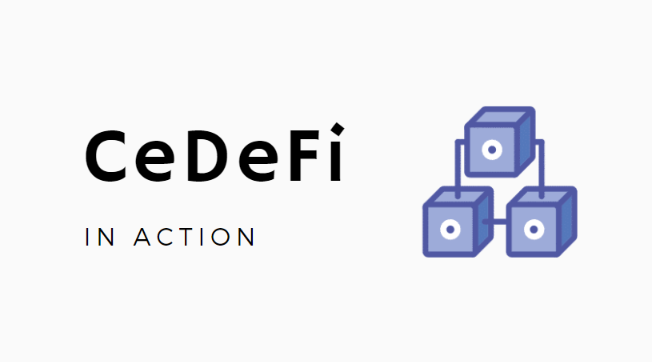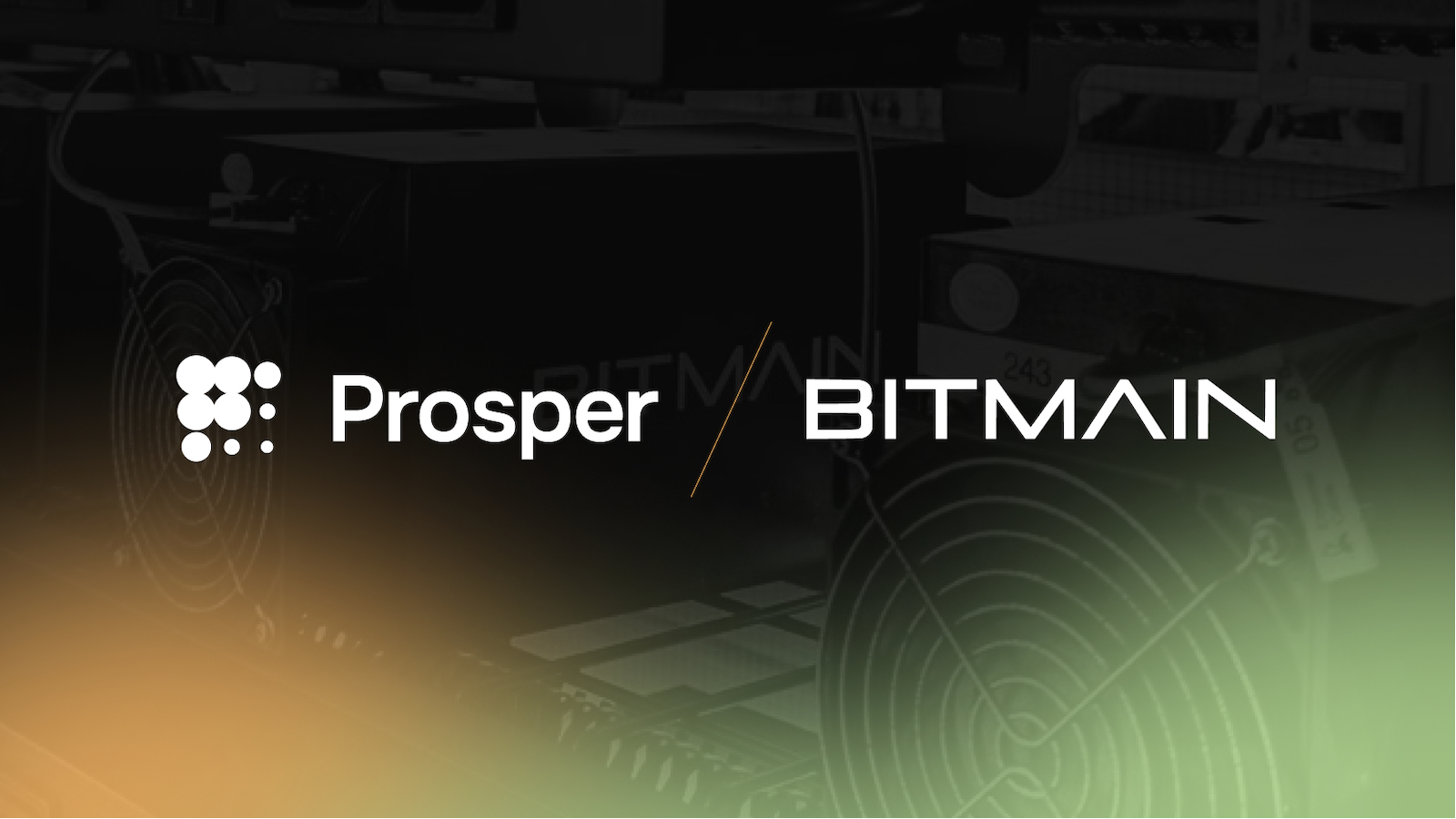Decentralized Finance (DeFi) has positioned itself as a force to reckon with, sparking the interest of institutions and regulators. The nascent cryptocurrency niche is famous for its decentralized architecture that challenges today’s financial markets model. Currently, most global markets are centralized, which means that a particular institution has the autonomy of control.
While DeFi might have started to bring financial freedom to the masses, it is slowly becoming evident that centralized institutions also want a piece of the cake. But how do they access this highly unregulated market? This question has provoked stakeholders in DeFi and traditional finance to discuss how the two worlds can work in tandem.
At first, it seemed impossible for DeFi and CeFi to be integrated, but recent developments show that this could be the way to go. Some of the fundamental areas of focus have been the value proposition of a possible integration and DeFi’s capability to accommodate financial institutions in its current state.
An Emerging Intersection
The idea of integrating DeFi and CeFi has given rise to CeDeFi architectures, crypto ecosystems that combine the aspects of CeFi and DeFi. How is this possible? The answer lies in the compromise that both ecosystems have to make. DeFi might be a decentralized market, but it lags in matters of compliance, liquidity and reliability.
This is where CeFi comes in; traditional financial systems are known for their long-standing compliant nature and deep liquidity. Innovators within the crypto industry are now starting to appreciate that DeFi can only succeed if the space is attractive to everyone, including compliant financial institutions.
That said, it comes as no surprise that stakeholders from both sides are starting to see a value proposition in CeDeFi. Binance pioneered this type of architecture with the exchange introducing Binance Smart Chain (BSC), a CeDeFi ecosystem that bridges the liquidity gap between CeFi and DeFi.
CeDeFi in Action
Following the debut of BSC, more CeDeFi crypto exchanges have emerged, some of which propose a significant value by featuring additional functionalities. One such platform is the Unizen Smart Exchange Ecosystem. This exchange combines the best aspects of centralized exchanges (CEXs) and decentralized exchanges (DEXs) to introduce a new class of digital asset exchanges.
Unizen’s ecosystem taps into the centralized Binance shared-liquidity, leveraging top tier market maker support, cross-chain liquidity and access to decentralized markets. Notably, this CeDeFi exchange can accommodate even institutional clients, given that the platform features an option for KYC verification. Essentially, Unizen brings compliance to DeFi, making the market more friendly to compliant-focused investors.
As for additional functionalities, the Unizen smart exchange ecosystem features AI-driven social sentiment indicators. Traders can leverage this tool to copy experts or gauge the crypto market sentiment.
The Value Proposition of a CeDeFi Architecture
In its current state, the DeFi ecosystem faces many shortcomings, including regulatory and technical uncertainties. This can be seen in recent developments with U.S regulators calling for tax enforcement on proof-of-stake (PoS) projects, not to mention the latest DeFi hack where close to $600 million was compromised. It marks the largest DeFi hack to date.
However, all hope is not lost. CeDeFi ecosystems feature compliance and security solutions for DeFi investors. With CeDeFi in the picture, the DeFi market can now initiate regulatory discussions while leveraging expert guidance from traditional finance veterans.
So far, several thought leaders have weighed in on the issue. According to Unizen’s Chief Business Development Officer James Taylor, there is a pressing need to introduce a comprehensive regulatory framework for DeFi, given that tens of billions are currently locked in DeFi protocols.
“The cooperation of CeFi and DeFi, in fact, is a practical case for auditing existing DeFi infrastructure. Institutions can point out things that don’t sit well with legal requirements and help DeFi avoid making first-hand mistakes.” added Taylor in an opinion article on Cointelegraph.
Besides regulation, CeFi brings the much-needed liquidity to the DeFi market. Traditional financial institutions are famous for handling trillions of dollars over the last century. This capital might soon find its way into the DeFi market if both worlds find a decent compromise.
In addition, CeFi’s experience in handling trillions of dollars could primarily improve DeFi’s capability to handle more volumes.
Closing Thoughts
Blockchain technology and cryptocurrencies are gradually proving their value proposition in building a futuristic financial ecosystem. This new era will likely be marked by decentralized innovations, introducing market ecosystems where anyone can participate.
However, we cannot ignore the role that CeFi has to play for DeFi to succeed in the long term. As highlighted in the article, a CeDeFi architecture creates more possibilities to advance the DeFi market. Nonetheless, CeFi stakeholders should proceed with moderation to avoid crippling the nascent DeFi innovations.
Disclaimer: This article is provided for informational purposes only. It is not offered or intended to be used as legal, tax, investment, financial, or other advice.
Credit: Source link























